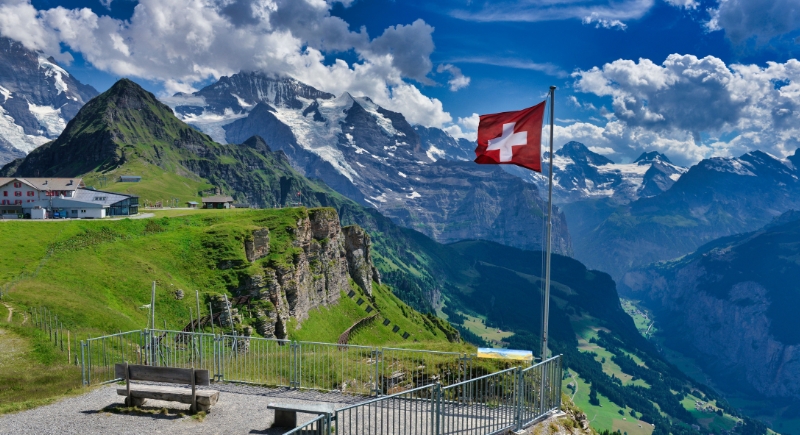How Switzerland Forced Toblerone to Drop the Iconic Logo From Its Packaging
For more than 50 years, Toblerone bars carried the Matterhorn on their packaging to link the chocolate directly to its Swiss heritage. That changed in 2023, when parent company Mondelez International moved part of its production to Slovakia. Under Switzerland’s strict Swissness Act, the bar could no longer be labeled as Swiss-made, and the famous Alpine peak had to go.
The Matterhorn was replaced by a more generic triangular mountain. For some fans, the change was a blow to Swiss pride. But Mondelez is now taking steps to reconnect Toblerone with its roots by including new packaging moves and heavy investment in its Swiss production facilities.
The Packaging Overhaul

Image via Wikimedia Commons/Ashley Pomeroy
Toblerone’s rebrand did not stop with the removal of Matterhorn. Mondelez updated the typeface, introduced a sleeker logo, and added the signature of Theodor Tobler, who invented the bar in 1908. Fans were relieved to learn that the hidden bear in the logo, a nod to Bern’s coat of arms, would stay put.
Despite the adjustments, Mondelez promised that the recipe itself would remain the same. Shoppers could still count on honey, almond nougat, and the familiar triangular shape that has made Toblerone a global favorite. By 2018, the bar was already generating nearly $400 million in revenue.
Switzerland Strikes Back
The move stirred debate in Switzerland. David Stärkle, who helps enforce the law, explained that keeping the Matterhorn on the packaging would have misled consumers. The rules are clear: milk-based products marketed as Swiss must source their milk entirely from within the country, 80% of other ingredients must also be Swiss, and production must take place in Switzerland. Anything less, and the branding has to change.
But the story didn’t end there. Mondelez is now doubling down on the chocolate’s Swiss roots. According to Swiss broadcaster SRF, Toblerone will soon feature the Swiss flag on most of its packaging, a move intended to reconnect the bar with its home country. This push is backed by real investment.
Mondelez is spending CHF 65 million (about $73 million) to upgrade its Bern-Brünnen factory, where roughly 90% of Toblerone is still produced. The site, which already turns out 4 million bars a day, will get a new production line by autumn, along with expanded facilities for nougat and chocolate-making. The upgrades are aimed at meeting rising demand for premium chocolate worldwide.
Balancing Tradition and Global Growth

Image via Pixabay/All Photo Bangkok
While cost savings were part of the decision to shift some production abroad, Mondelez has not abandoned Switzerland. The ongoing investments in Bern show the brand’s strategy to keep one foot firmly in its homeland. At the same time, the company has to balance Swiss regulations with its goal of meeting global demand at lower costs.
The Matterhorn may not return to the wrapper, but with the Swiss flag set to reappear and a major investment in its home factory, Toblerone is working hard to keep its Swiss image alive.